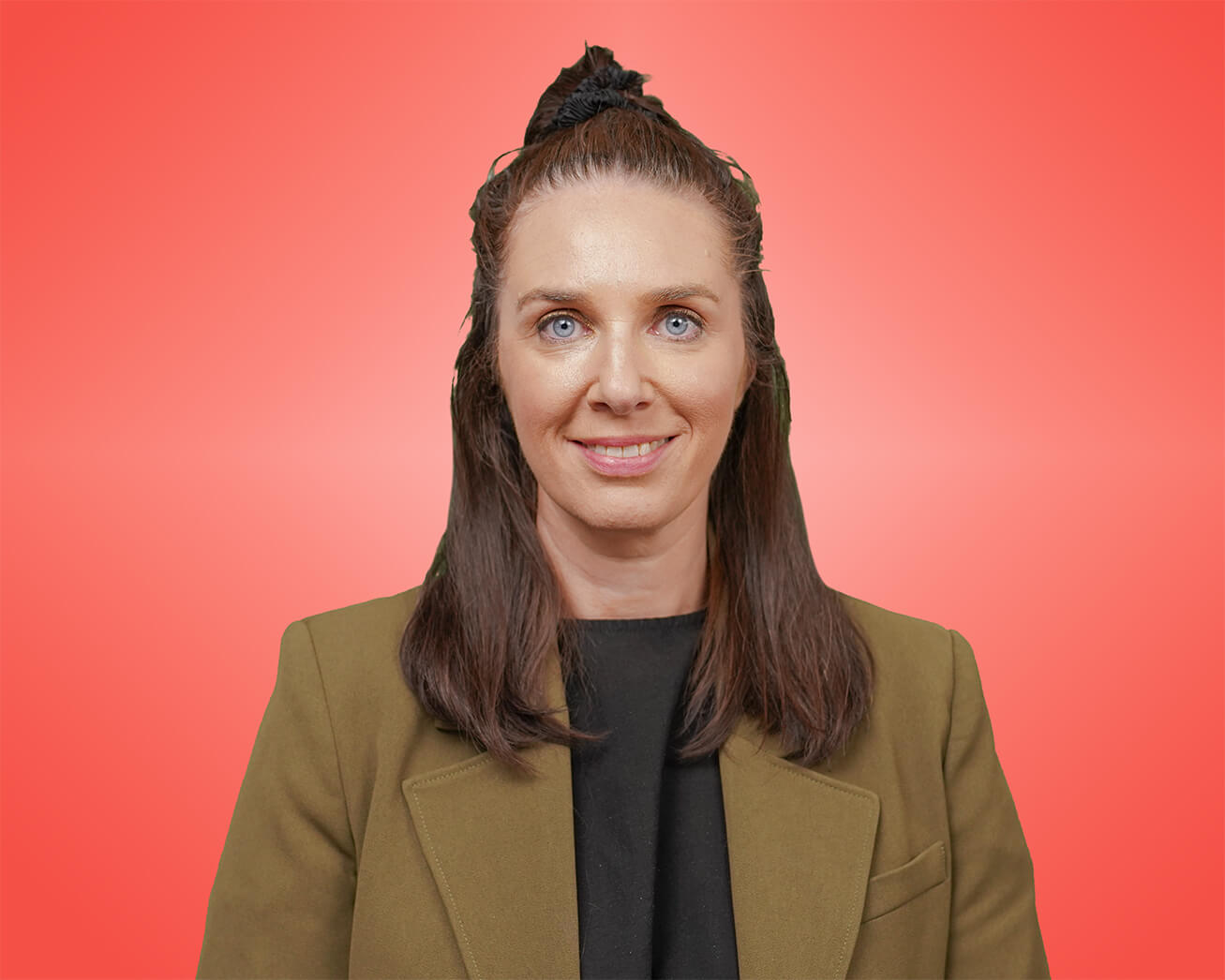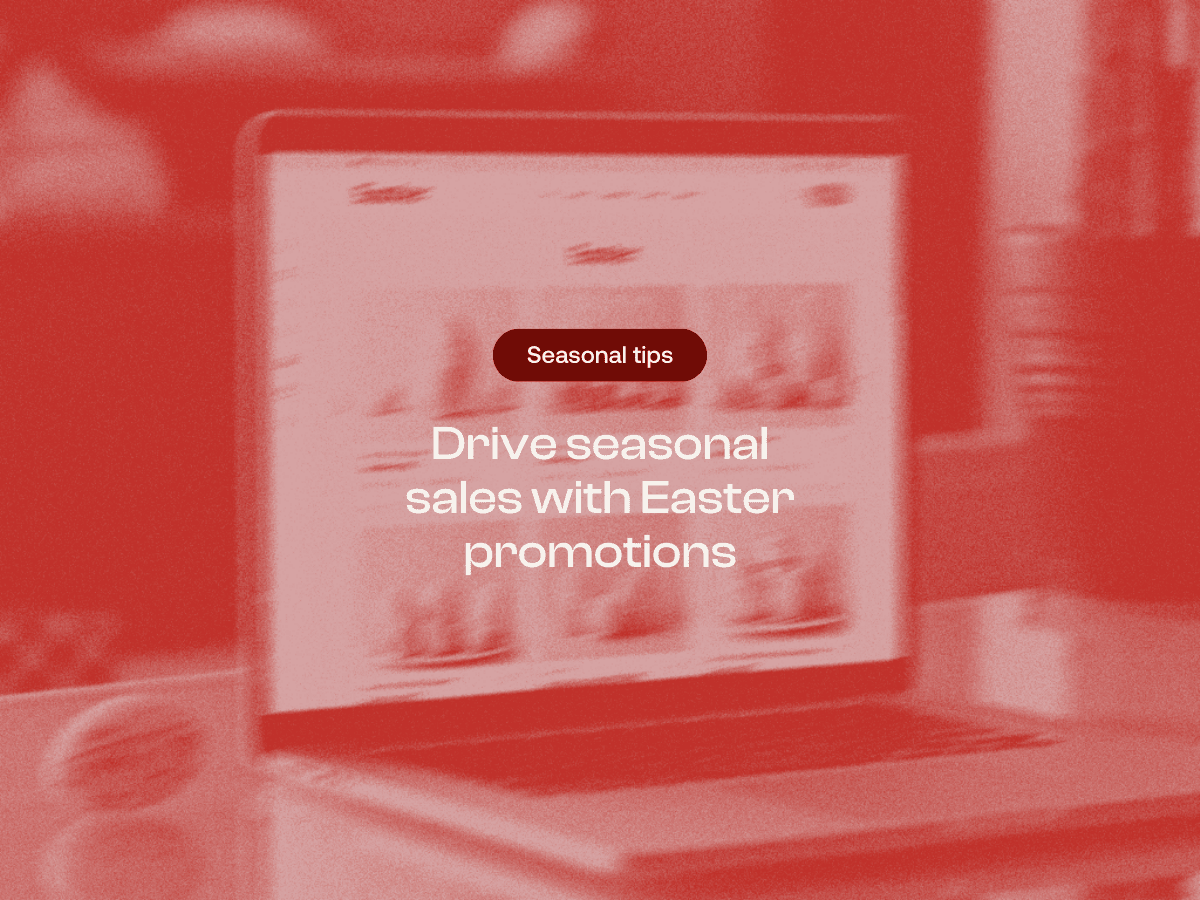Strategies for effective scaling of your eCommerce brand

Last updated: 29 December 2024
We’ve walked you through the benefits of scaling your eCommerce brand and the best tools to use to help you grow. Creating strategies to acquire and retain customers is the next step to effectively scale your eCommerce brand.
What we find works is firstly understanding your customer acquisition cost. Once you know this figure, you will know how much it costs to find a new customer. Then we want to look at what to do to retain your existing customers. Some strategies include creating customer loyalty programs or expanding your product line or services.
Implementing all or some of these strategies will help your eCommerce brand to not only thrive and grow but survive.
Customer acquisition
Acquiring new customers is an essential part of scaling your eCommerce brand. When you know the best ways to get customers and how much it costs you to do so, then you are in a much better position to grow your eCommerce brand.
Understanding Customer Acquisition Cost
Knowing your Customer Acquisition Cost (CAC) is important when it comes to managing your marketing budget. CAC is the total cost of acquiring a new customer, including all marketing and sales expenses. This figure is calculated by dividing your total marketing expenses by the number of new customers you got in a specific period. If you spend $10,000 on your marketing for the month and acquire 200 new customers in that same month, your customer acquisition cost would be $50. Meaning you have spent $50 to acquire one new customer.
To use this number successfully, we suggest setting up what we call “red light” and “green light” thresholds. These thresholds should guide your marketing spend when it comes to acquiring new customers.
Being Flexible
To get the most out of your ad spend you need to be flexible in your decision-making and responsive to your CAC data so that you can make necessary changes.
Pushing spend when you can
- If your CAC is within the green light threshold, it means your marketing efforts are effective and generating a good return on investment (ROI). This is the time to scale up your ad spend to get the most out of your successful campaigns and find more customers.
Pulling back when it’s needed
- If your CAC is approaching or exceeding the red light threshold, it means your cost to acquire a new customer is too high. It’s a sign to pull back on your spending and reassess your marketing. Look at your campaigns, creative, audience targeting, and bids. You want to look for ways to reduce costs. Try A/B testing different ad variations or refining your audience targeting to get the best results.
Managing CAC in times of uncertainty
Your CAC can fluctuate for a number of reasons, including peak seasons like holidays, off-seasons, and market trends. Here’s how to manage your CAC during those times of potential uncertainty.
Holidays and peak seasons: During peak seasons, competition for ad space increases, often leading to a higher CAC. Plan your budget so you can expect these higher costs. Focus on maximising your ROI by targeting high-intent audiences and optimising your campaigns for conversions.
Off-seasons: During off-seasons, CAC may be lower. There might be less advertisers competing for space or less search demand, which pushes down costs. Test new strategies and build brand awareness at a lower cost. Try testing different ad creatives, audiences, and use new channels to see what works. You can do this without the pressure of high competition and with less risk.
Adjusting your expectations
When you launch a new product or enter a new market, your CAC may be temporarily higher. You need to set realistic thresholds for these periods and check the performance closely. This is a great time to use the insights gained to refine your strategies and improve efficiency over time.
Regularly review your CAC against your targets. Then adjust your marketing strategies as needed to make sure you are staying within profitable thresholds.
Marketing strategies for customer acquisition
Speaking of marketing strategies, there are a number of different strategies you can implement to help with acquiring more new customers.
Paid advertising
Google, Facebook, Instagram, and TikTok offer advanced targeting options to reach potential customers through paid advertising. The nature of these is you can reach specific audiences based on demographics, interests, and behaviours. One tip is to use lookalike audiences to find users who are similar to your existing customers. Using lookalike audiences can help increase conversion rates.
SEO and content marketing
By optimising your website for search engines and creating valuable content, you can attract organic traffic to your website. Identifying keyword opportunities, tracking your rankings and traffic from organic search will help you understand what content works and what doesn’t.
Influencer partnerships and affiliate marketing
Collaborating with influencers and setting up an affiliate program can expand your reach and credibility. Influencers can promote your products to their followers, while affiliates can drive sales through their networks.
Email marketing
Build an email list and use email marketing to nurture leads and convert them into customers. If you segment your email list based on customer behaviour and preferences then you can send targeted, personalised messages specific to your customers needs.
Customer retention
Retaining existing customers is as important as acquiring new ones. You want to focus on building strong relationships and enhancing the customer experience. This helps your customers keep buying from you. Some ways you can do that are:
- Loyalty programs: Implementing a loyalty program can encourage repeat business. You want to reward your customers for their loyalty. You can offer points, discounts, or exclusive perks to incentivise ongoing purchase.
- Customer engagement strategies: Send regular emails and post consistently on social media. This will keep your customers engaged and your eCommerce brand top of mind. Using a tool like Klaviyo can help you segment your audience and send them targeted messages.
- Personalisation and customer experience optimisation: Use data analytics to understand your customers preferences. You can then tailor their shopping needs and create an unique experience. Create personalised product recommendations for customers based on their previous purchases. Send them emails personalised just for them, and create website landing pages that suit their needs.
Find your Net Promoter Score (NPS) and review your retention rates. They can provide insights into customer satisfaction and loyalty and help you identify the areas you can improve.
Expanding product lines
Changing up your product offerings can open up new revenue streams and attract a broader audience. Try:
- Identifying new market opportunities: Identify trends and gaps in the market through market research. Look for opportunities to introduce new products or variations that meet emerging customer needs. Explore untapped markets and leverage creative constraints to create innovative products.
- Diversifying product offerings: Expand your product range by introducing complementary products or new categories. This can attract new customers and increase the lifetime value of existing ones.
Effectively scale your eCommerce brand
When looking to scale your eCommerce brand, the first step is to understand how much acquiring a new customer costs. This figure will give you the basis for how much to spend on your marketing so that your marketing is not only effective but profitable.
Creating strategies around finding and retaining customers will also help you effectively scale your eCommerce brand.
Want to hear more about eCommerce brands? Check out our full webinar on eCommerce with our CEO Ryan below.
Need support?
Do you need support with your eCommerce? Our team has the tools, experience, and creativity you need to unlock your growth and keep growing into the future. Reach out to our team below to get started.








